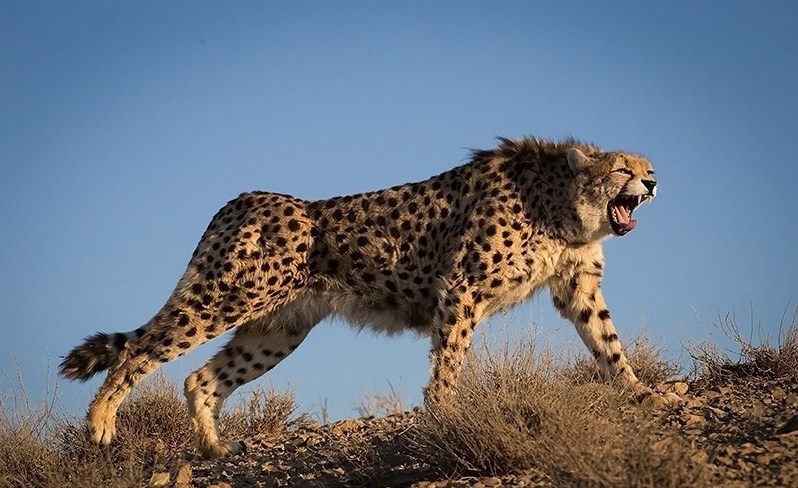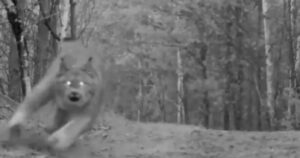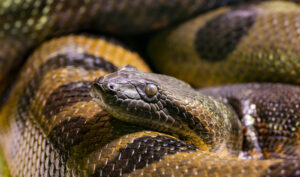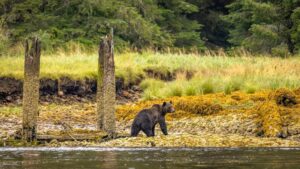A new paper, still in pre-print, unveils the discovery of seven mummified, 4,000-year-old cheetahs in a Saudi Arabian cave.
Ancient cultures like the Egyptians sometimes mummified cheetahs, but these are the first naturally mummified ones ever discovered. Even more importantly, researchers might be able to use these animals’ remains to help their living descendants.
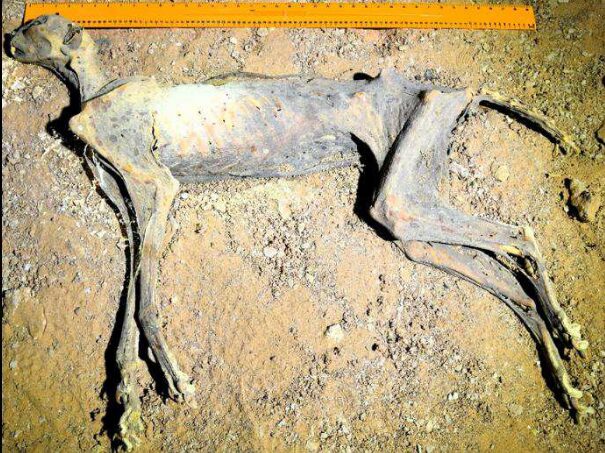
The first of seven strikingly well-preserved cheetahs found in the cave. Photo: Boug et al
Why caves?
Deep underground in the Lauga cave network of northern Saudi Arabia, researchers found the remains of over 50 cheetahs, ranging in age from over 4,000 to less than 200 years old. Seven of the individuals had been naturally mummified.
The remains were in five caves, with one main cave, accessible only by sinkhole, serving as the center of cheetah operations. None of the caves would have had fresh water, and there were far more cheetah remains than there were cheetah prey remains. So it’s not clear what the big cats were using the caves for.
We do know that they used them for centuries. The oldest remains were skeletal, radiocarbon dated to around 4,200 years ago, while the most recent were from the late 19th or early 20th century.
Researchers, led by Ahmad Al Boug from Saudi Arabia’s National Wildlife Research Center, extracted genetic information from the remains. Unsurprisingly, the most recent matched the profile of J. venaticus, the Asiatic cheetah. But the older individuals seemed to be more closely related to J. hecki, a different subspecies that inhabits the Sahara.
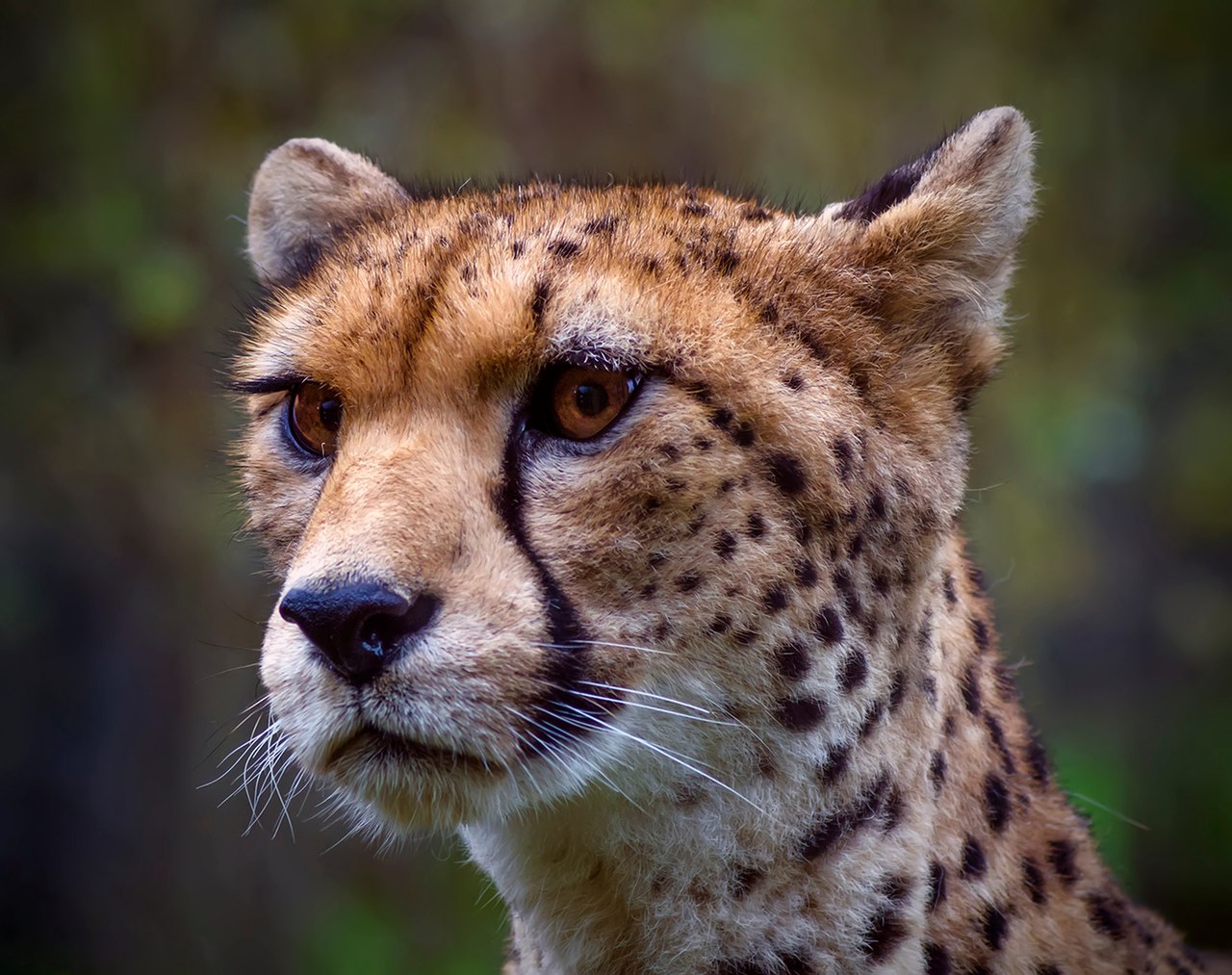
The older cave specimens were more closely related to the Northwest African cheetah. Like all cheetahs, this species is distinguished by a look of perpetual nervousness and vague melancholy. Photo: Wikimedia Commons
The cheetahs of the Arabian Peninsula
Cheetahs have experienced a 98% decline from their historical range, which once included much of Africa and Asia. The Asiatic cheetah, in particular, which once ranged across the entire Arabian Peninsula and the Levant, is now confined to a small area in Iran.
Large predators play a crucial role in balancing an ecosystem. A notable example is the reintroduction of wolves in Yellowstone. Returning the wolves caused cascading changes, boosting beaver populations, willow tree health, and more. As re-wilding efforts begin in Saudi Arabia with gazelles, ibex, and oryx, filling the role of the missing cheetahs is critical.
While the seven mummified cheetahs and 54 skeletal cheetahs will not be able to balance the ecosystem due to being dead, they may provide vital insights. See, it might not be possible to introduce a healthy breeding population of cheetahs from the tiny remaining Iranian population. Their status is so critical, and their genetic diversity so low, that conservationists are looking at other options.
Thanks to the genetic information the mummified cheetahs provided, we now know that the Northwest African Cheetah can also thrive in the environment and ecosystem of the Arabian Peninsula.
The discovery has also opened new avenues of research into how caves might have been part of the ancient Arabian cheetah’s lifestyle. We don’t have a lot of evidence for modern cheetahs using or living in caves, but clearly, they were once an important part of their habitat.
